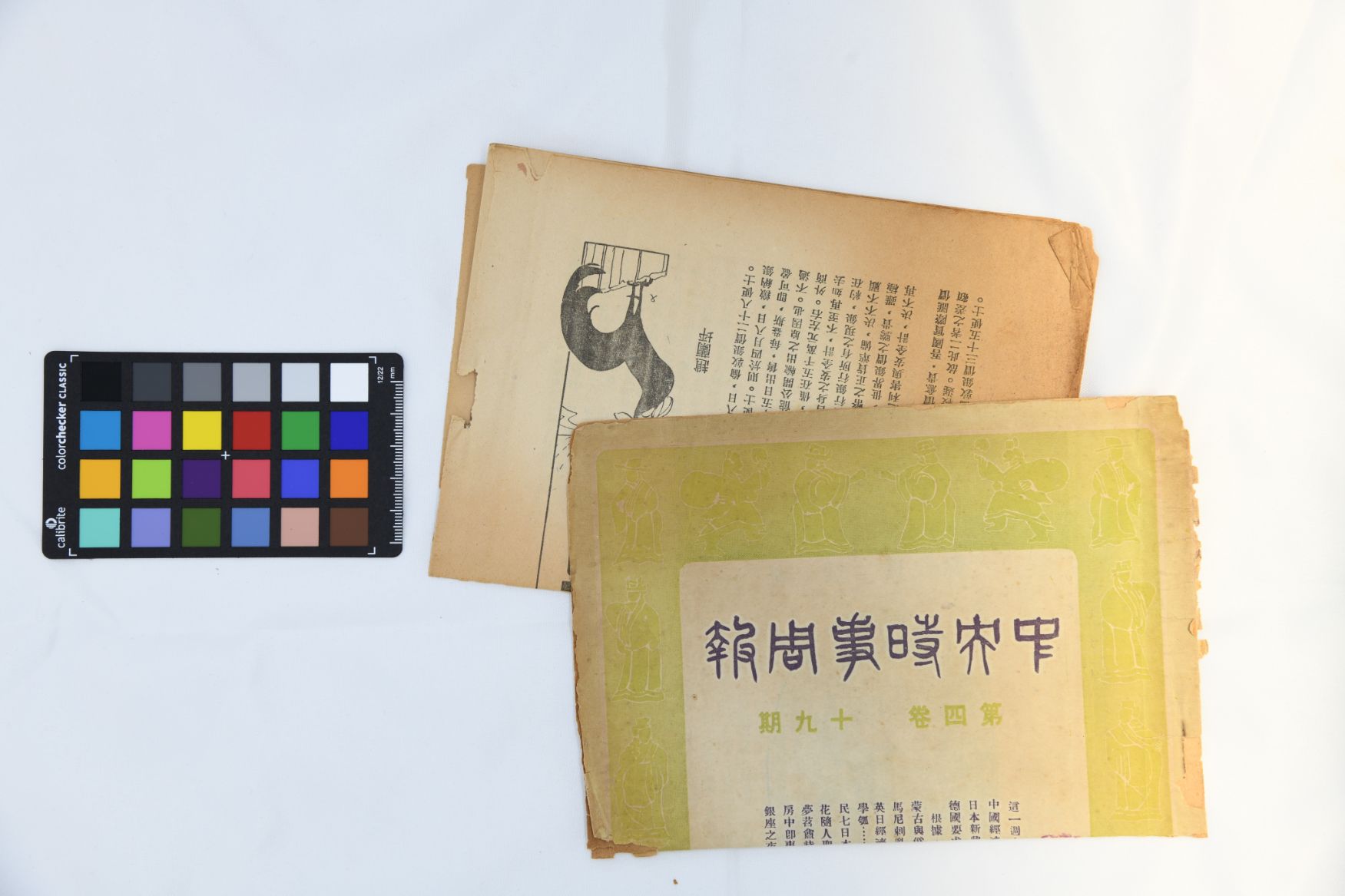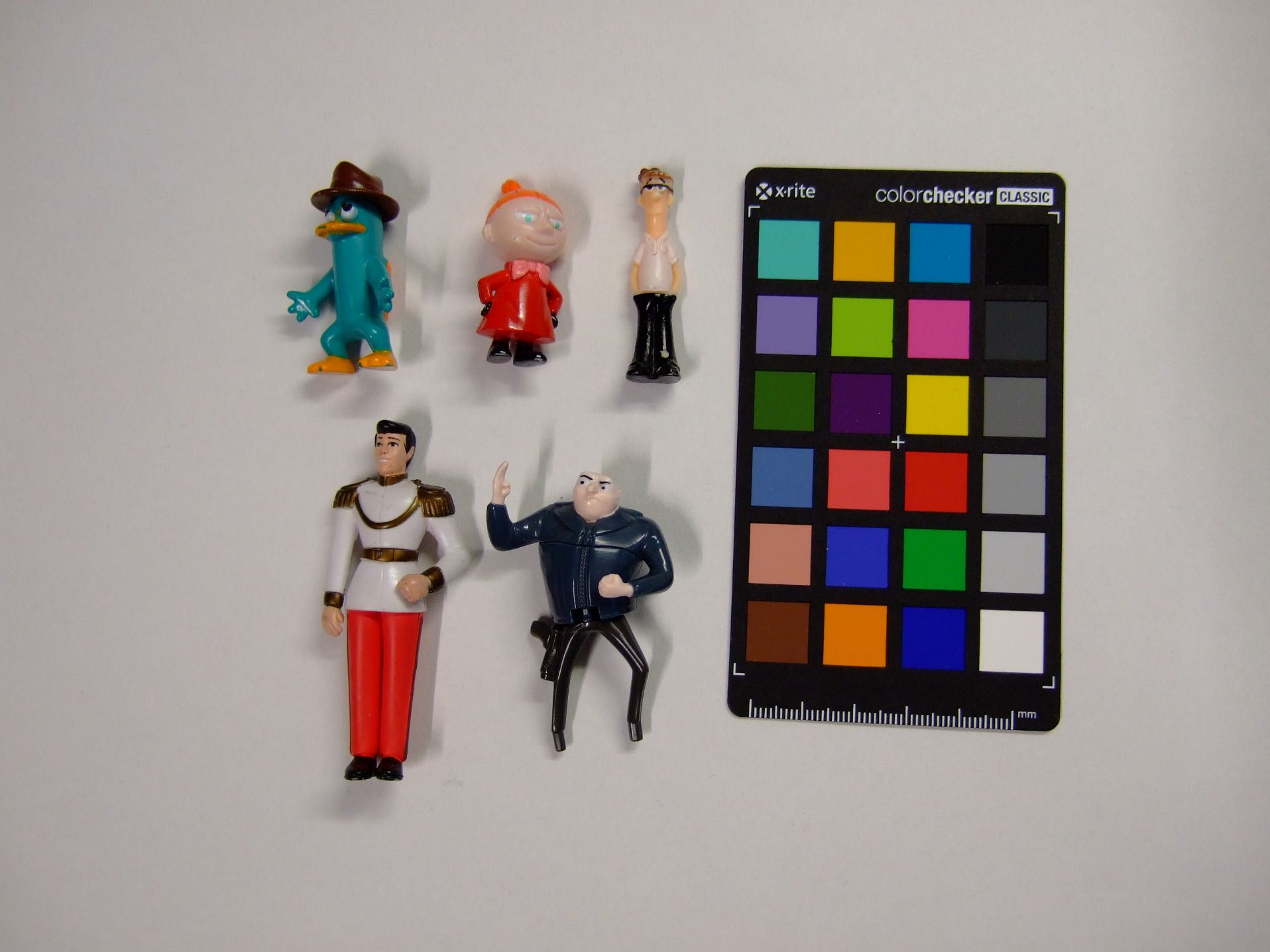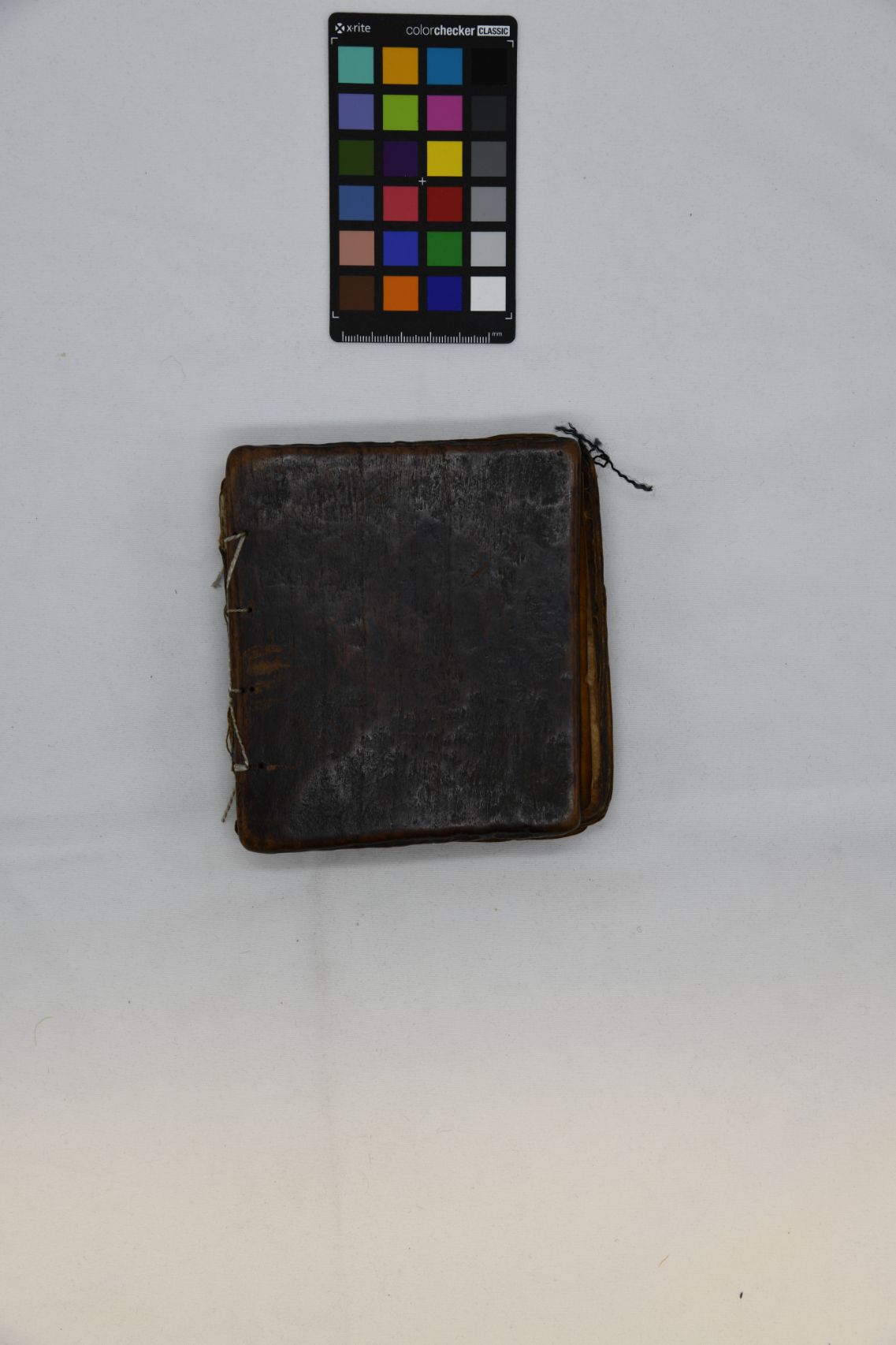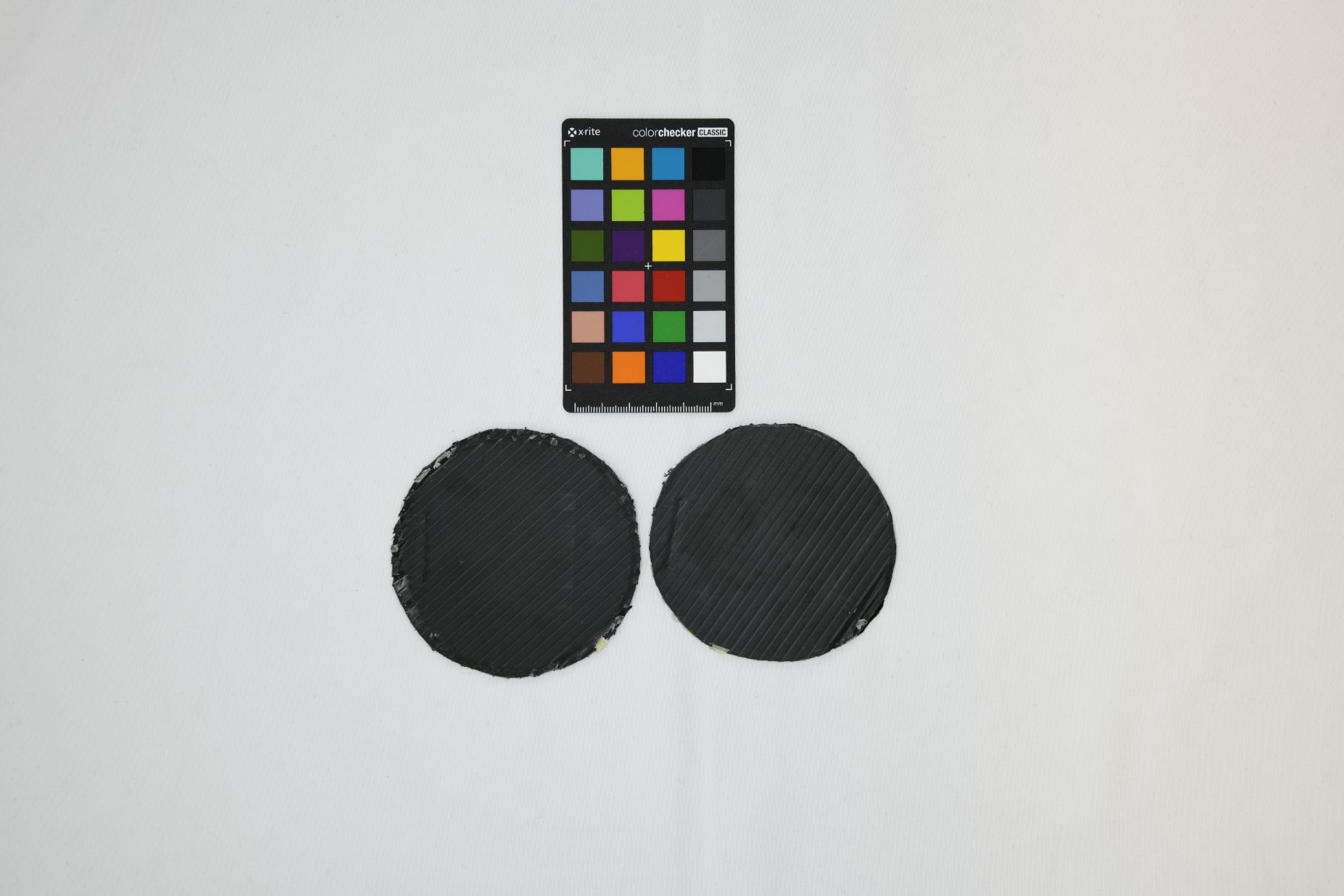Reference Material Collections
The HSLL houses a number of Reference Material Collections. All have been acquired commercially and through donations for the purpose of heritage science research projects and their value is purely scientific. The samples represent genuine historic objects, although their history is mostly unknown. Many have been analysed using a number of analytical methods and both the samples and the associated data can be made available for further research. Requests for access requiring destructive sampling will be considered. In dealing with sampling requests we adhere to the ICON Ethical Sampling guidance.
Paper
The bulk of this collection was assembled during the EU FP6 SurveNIR project and consists of European hand-made and industrially produced papers, mostly from the 16th century on, the bulk being from the 18th, 19th and 20th century. The samples were characterised for a number of parameters, from fibre composition to degree of polymerisation (DP), mechanical properties, pH, as well as contents of lignin, protein, rosin, carbonyl groups etc. In addition, there are substantial numbers of Chinese (incl. 16 Xuan papers), Islamic and Tibetan papers, all of which have their pH and DP determined, and often the presence/absence of starch, lignin and polishing is also known. Some samples are available in larger quantities (several sheets), some are only available as fragments).
- 1260 European paper samples (listed in the ICCROM Register)
- 260 Islamic paper samples (listed in the ICCROM Register)
- 120 Chinese paper samples (incl. Xuan papers; listed in the ICCROM Register)
- 90 Tibetan paper samples (listed in the ICCROM Register)
A subset of the collection is described and explored in a publication in Cellulose (2020). The associated dataset is available open access. The Islamic paper collection is described in Heritage Science (2016) and some of the Chinese paper collection in Heritage Science (2017)
Paper
The bulk of this collection was assembled during the EU FP6 SurveNIR project and consists of European hand-made and industrially produced papers, mostly from the 16th century on, the bulk being from the 18th, 19th and 20th century. The samples were characterised for a number of parameters, from fibre composition to degree of polymerisation (DP), mechanical properties, pH, as well as contents of lignin, protein, rosin, carbonyl groups etc. In addition, there are substantial numbers of Chinese (incl. 16 Xuan papers), Islamic and Tibetan papers, all of which have their pH and DP determined, and often the presence/absence of starch, lignin and polishing is also known. Some samples are available in larger quantities (several sheets), some are only available as fragments).
- 1260 European paper samples (listed in the ICCROM Register)
- 260 Islamic paper samples (listed in the ICCROM Register)
- 120 Chinese paper samples (incl. Xuan papers; listed in the ICCROM Register)
- 90 Tibetan paper samples (listed in the ICCROM Register)
A subset of the collection is described and explored in a publication in Cellulose (2020). The associated dataset is available open access. The Islamic paper collection is described in Heritage Science (2016) and some of the Chinese paper collection in Heritage Science (2017)
Plastic Reference
Collection
The samples were acquired in our lab for the purpose of the EU H2020 APACHE project and diverse PhD projects. It consists of two ResinKit collections and a number of plastic objects from the 20th and 21st centuries. All samples were characterised with Near Infrared (NIR) and Mid Infrared (ATR FTIR) spectroscopy, and the content of plasticizers in some samples was chromatographically determined.
The collection is growing and currently has 250 items. The majority are: Polyvinyl chloride (PVC), Cellulose acetate (CAc), Polyethylene (PE), Polypropylene (PP), Polystyrene (PS) and Acrylonitrile butadiene styrene (ABS).
The objects are sacrificial and have no historical value, and can be used for scientific research. Users can access the objects as well as data and destructive sampling is allowed.
The PVC collection is listed in the ICCROM Register.
Plastic Reference
Collection
The samples were acquired in our lab for the purpose of the EU H2020 APACHE project and diverse PhD projects. It consists of two ResinKit collections and a number of plastic objects from the 20th and 21st centuries. All samples were characterised with Near Infrared (NIR) and Mid Infrared (ATR FTIR) spectroscopy, and the content of plasticizers in some samples was chromatographically determined.
The collection is growing and currently has 250 items. The majority are: Polyvinyl chloride (PVC), Cellulose acetate (CAc), Polyethylene (PE), Polypropylene (PP), Polystyrene (PS) and Acrylonitrile butadiene styrene (ABS).
The objects are sacrificial and have no historical value, and can be used for scientific research. Users can access the objects as well as data and destructive sampling is allowed.
The PVC collection is listed in the ICCROM Register.
Parchment
The samples were acquired in the frame of a PhD project in our lab and consist of 90 parchments, mostly from the 18th, 19th and 20th centuries, originating from England, France and Italy, mostly. The majority have iron gall ink inscriptions and some have carbon-based inks. The shrinkage temperature has been determined, as well as pH of both inks and the parchment itself.
- 90 parchment samples (mostly with iron gall ink) – listed in the ICCROM Register
A subset of the collection is described and explored in a publication in Studies in Conservation (2014).
Parchment
The samples were acquired in the frame of a PhD project in our lab and consist of 90 parchments, mostly from the 18th, 19th and 20th centuries, originating from England, France and Italy, mostly. The majority have iron gall ink inscriptions and some have carbon-based inks. The shrinkage temperature has been determined, as well as pH of both inks and the parchment itself.
- 90 parchment samples (mostly with iron gall ink) – listed in the ICCROM Register
A subset of the collection is described and explored in a publication in Studies in Conservation (2014).
Colour Photographs
The samples were acquired in the frame of a PhD project and the collection consists of 600 chromogenic colour prints acquired through donations and purchases from the US, UK, Germany, Slovenia and Malta and represents a number of processes. The photographs originate from 1940s-1990s. About 10% of the collection has dark storage fading rates determined using colorimetry and accelerated degradation tests.
- 600 chromogenic colour prints
Colour Photographs
The samples were acquired in the frame of a PhD project and the collection consists of 600 chromogenic colour prints acquired through donations and purchases from the US, UK, Germany, Slovenia and Malta and represents a number of processes. The photographs originate from 1940s-1990s. About 10% of the collection has dark storage fading rates determined using colorimetry and accelerated degradation tests.
- 600 chromogenic colour prints
Leather
The samples were acquired as two sample books and consist of dyed end embossed natural leather, originating from the early 20th century, UK. No analytical data is available yet.
130 samples of naturally dyed leather
Iron Gall Ink
Most of the samples were acquired in the frame of the EU FP5 InkCor project and in later PhD projects and consist of genuine historical inscriptions such as handwritten letters and archival documents, on paper. The majority of samples have pH and DP determined (both of the ink and of the paper support) and the chemical composition of a number of samples was determined using liquid chromatography.
270 iron gall ink paper samples
Iron Gall Ink
Most of the samples were acquired in the frame of the EU FP5 InkCor project and in later PhD projects and consist of genuine historical inscriptions such as handwritten letters and archival documents, on paper. The majority of samples have pH and DP determined (both of the ink and of the paper support) and the chemical composition of a number of samples was determined using liquid chromatography.
270 iron gall ink paper samples






